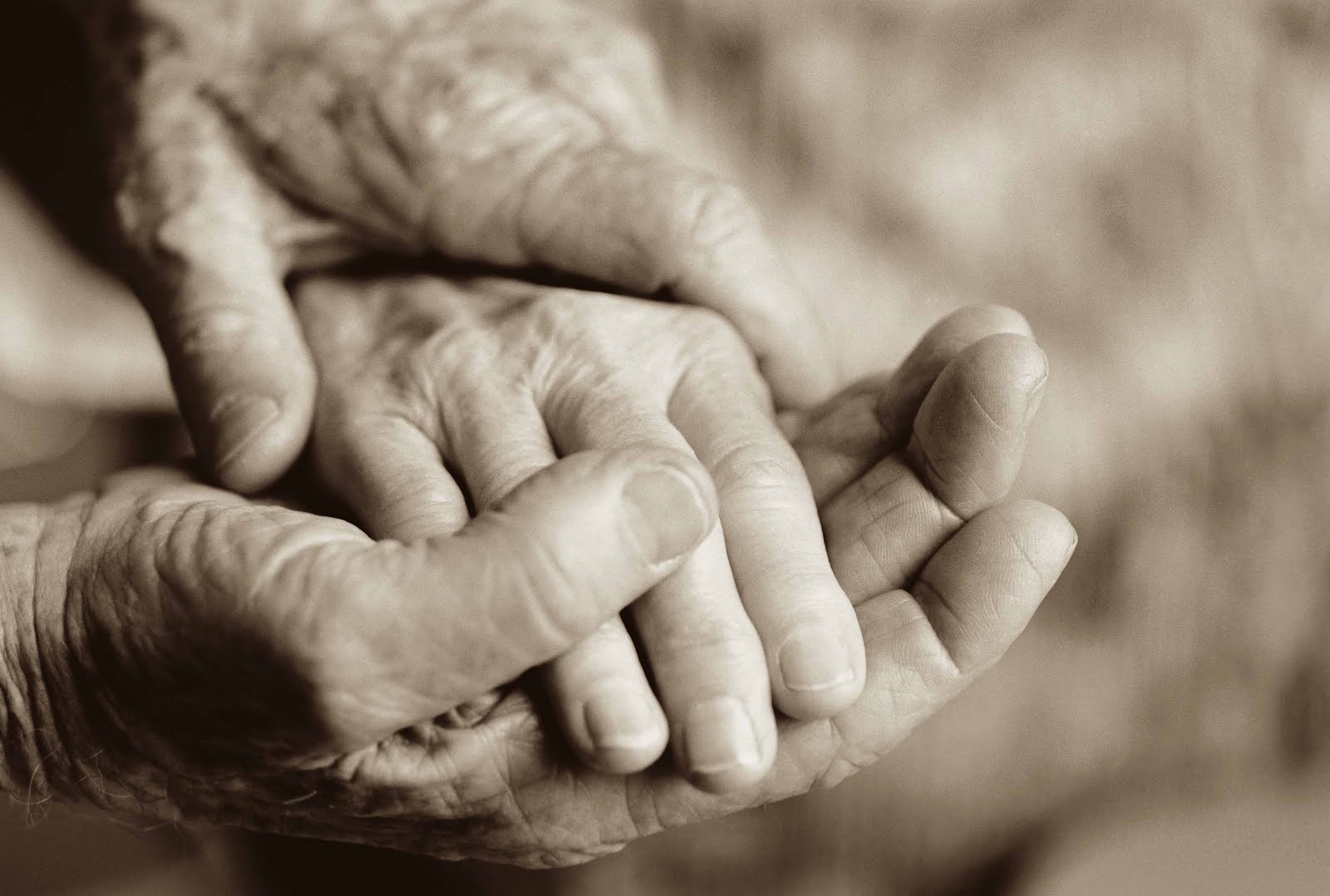بِسۡمِ
ٱللهِ ٱلرَّحۡمَـٰنِ ٱلرَّحِيمِ
The notion that
depictions of the Prophet Muhammad (s.a.w.) are blasphemous is a
relatively modern idea. It is considered
blasphemous to depict the Prophet (s.a.w.) in a disrespectful
manner. The Muslims of earlier times had
no problems depicting the Prophet (s.a.w.), as evidenced by the
innumerable pictures and drawings that used to adorn places, that were found
illustrating books of sirah and elsewhere. The following are some of these depictions.
 |
| This is from Marie-Rose Seguy’s “The Miraculous
Journey of Mahomet”. |
 |
| Here is a 19th Century Persian
depiction of the Prophet Muhammad (s.a.w.) and Judgement Day. |
 |
| Here is a 19th Century Persian
depiction of the Prophet Muhammad (s.a.w.) at al-Kawtsar. |
 |
| Here is a 15th Century Persian
depiction of the Prophet Muhammad (s.a.w.) visiting Hell. |
 |
| Here is a 15th Century Persian
depiction of the Prophet Muhammad (s.a.w.) visiting Paradise. |
 |
| Here is an illustration of the Prophet Muhammad
(s.a.w.) meeting Sayyidina Bahirah (r.a.), taken from Shaykh
Rashid ad-Din Thabib Fadhlullah al-Hamadani’s (r.a.) Jami’
at-Tawarikh, a work of literature and history, produced in the Mongol
Ilkhanate, in Central Asia. |
 |
| Here is an illustration of the Prophet Muhammad
(s.a.w.) riding the Buraq, from the Mughal period, in India. |
 |
| Here is an illustration of the Prophet Muhammad
(s.a.w.) on the Buraq, but this time, from Shaykh Abu Muhammad Sa’adi
Muswlih ad-Din ibn ‘Abdullah ash-Shirazi’s (q.s.) Bustan, a noted
book of Sufi poetry. |
 |
| This is an 18th Century Ottoman depiction
of the Prophet Muhammad (s.a.w.) being presented to his grandfather, Sayyidina
‘Abd al-Muththalib Shaybah ibn Hashim (r.a.). |
 |
| Here is an illustration of the Prophet Muhammad
(s.a.w.) putting the Hajr al-Aswad back into the Ka’bah, from
Shaykh Rashid ad-Din Thabib Fadhlullah al-Hamadani’s (r.a.) Jami’
at-Tawarikh. |
 |
| Here is an illustration of the Prophet Muhammad’s
(s.a.w.) birth, from Shaykh Rashid ad-Din Thabib Fadhlullah al-Hamadani’s
(r.a.) Jami’ at-Tawarikh. |
 |
| This is a depiction of the Prophet Muhammad’s (s.a.w.)
flight from Makkah, from 1920s. |
 |
This is an illustration of Prophet Muhammad’s (s.a.w.) Final Sermon, taken from Imam Abu Rayḥan Muhammad ibn Ahmad al-Biruni’s (r.a.) Kitab al-Atsar al-Baqiyyah ‘an al-Qanun al-Khaliyyah.
|

















There is a difference between using illustration as a means to record events and creating images for adoration and even worship. The paintings shown are illustrative documents and were never intended as images on which to focus worship.
ReplyDeletePictures do not elicit worship.
DeleteA Muslim is ignorant for thinking that worship of anyone other than Allah occurs by virtue of pictures or things. Sadly majority of Muslims are of very low IQ levels ergo the minority must now endure these dumb rulings and accepted norms to appease the ignorant majority.
If a Muslim is that easily susceptible to Shirk it says more of that person/s than any depictions.
Are there any instances of Muslims today worshipping a picture of Prophet Muhammad?
Delete